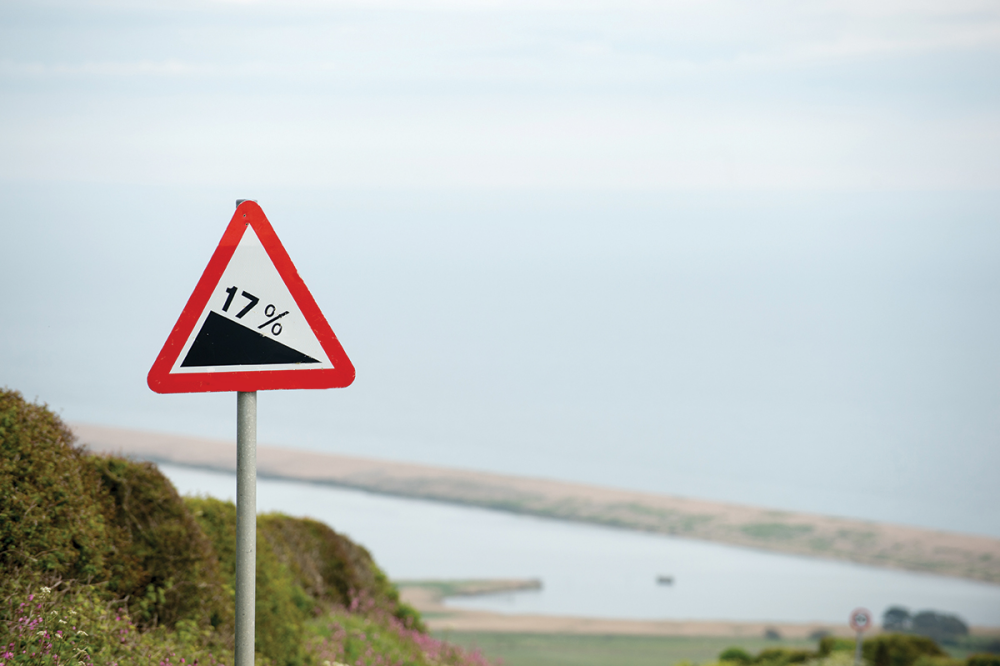1. Introduction
2. Easy starting point
3. Mirrors
4. Signals
5. Manoeuvre
6. Project



A question that crops up from time-to-time is whether using lower gears to descend hills is eco-friendly. People ask whether the practice goes against eco-driving principles because more fuel is used at higher engine revs causing more emissions?
In answer to any eco-driving question the first consideration must be priorities. Eco-driving can help to save the planet, but that won't be much use to you if you are dead – so the first priority in and driving situation must be safety. In order to stay safe you might sometimes have to accelerate or brake hard and fast; these actions are not eco-friendly but will keep you alive!
Eco-driving means avoiding the unnecessary waste of energy which leads to greenhouse gas emissions. This could be fuel energy causing exhaust emissions or excessive wear and tear of brakes, etc., causing emissions from the factory chimneys of vehicle component manufacturers. With this in mind, DVSA examiners will be looking for a safe, well planned, fuel efficient drive.
Descending hills safely will often require the use of a lower gear.
Although modern braking systems are unlikely to fail (through overheating) unless you have a prolonged steep decent (e.g., an Alpine pass), relying on the brakes will leave less 'stopping power' in reserve in the event of a problem. Compression braking will keep the speed down with little or no need for braking. When teaching this principle to learner drivers always make sure that they bring the clutch up fully - otherwise you could have a runaway car on your hands!
The engine management systems of modern cars will cut off the fuel flow when the engine is in 'overrun' – that is when you are moving but your foot is off the gas. Therefore, regardless of how fast your engine is running as you descend a hill you will be using little or no fuel (other than that needed to keep the engine running), however, by using a lower gear you will help to retard the speed through engine (compression) braking and reduce the need for the brakes.
Next: Step 3 - Parking on hills.